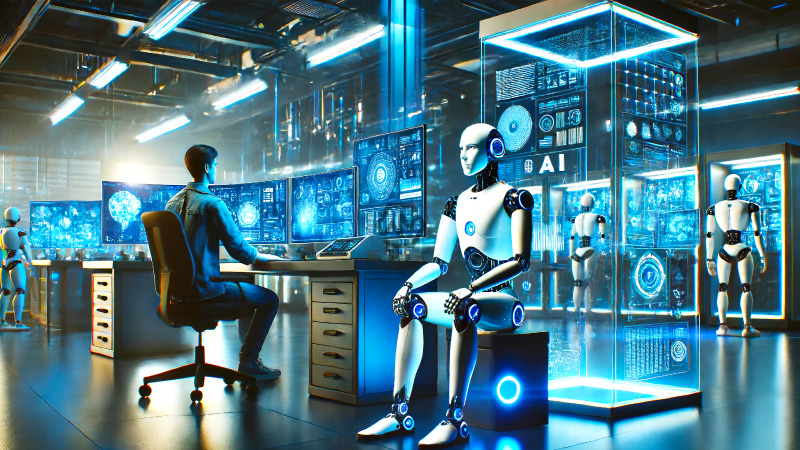- Deep Learning (DL) is a subset of Machine Learning (ML) that uses neural networks with many layers.
- ML works well with smaller datasets and requires more human intervention, while DL needs large amounts of data and less human oversight.
- DL is highly effective for complex tasks, whereas ML is suitable for simpler applications with easier-to-scale models.
Machine Learning (ML) and Deep Learning (DL) are often confused but serve different purposes in the realm of artificial intelligence. ML employs simpler algorithms like decision trees and linear regression to analyze data and make predictions.
In contrast, DL uses complex neural networks with many layers, allowing it to process large amounts of unstructured data such as text, images, and audio. DL excels at tasks requiring deep understanding and pattern recognition, such as speech and image recognition, natural language processing, and complex robotics.
Deep Learning vs. Machine Learning: Exploring the Distinctions

Deep Learning (DL) is a specialized subset of Machine Learning (ML) designed to handle large volumes of data with minimal human intervention. Unlike traditional ML algorithms, which require manual feature extraction, DL algorithms automatically discover patterns and features in the data through multiple layers of artificial neural networks. This capability makes DL particularly powerful in fields like computer vision and natural language processing, where data complexity is high.
Machine Learning (ML), on the other hand, is more adaptable to a variety of applications due to its simpler algorithmic structure. ML models can be trained on smaller datasets and are often easier to interpret and deploy. They are widely used in everyday applications such as spam filtering, personalized recommendations, and predictive maintenance. ML’s reliance on human-designed features, however, limits its ability to perform as well as DL in tasks that require deep abstraction and understanding.
The computational requirements for Deep Learning are significantly higher than those for traditional Machine Learning. DL models typically need specialized hardware like GPUs and extensive computational resources to train effectively. This is in stark contrast to many ML algorithms, which can often run on standard computers with less processing power. Despite these demands, the accuracy and performance improvements DL offers in complex scenarios make it a valuable tool in advanced AI applications.
While both ML and DL fall under the broader category of artificial intelligence, their use cases and efficiencies differ greatly. ML remains a practical solution for many business applications where the tasks are well-defined and the data is structured. DL’s strength lies in its ability to handle unstructured data and complex problem-solving, opening new avenues in AI research and development.
Understanding the differences between machine learning and deep learning is essential for leveraging the right AI technology in various applications. Each has its own strengths and optimal use cases, making them both indispensable in the advancement of artificial intelligence.
“Deep learning attempts to mimic the functioning of the human brain, allowing for complex pattern recognition and data processing.”



